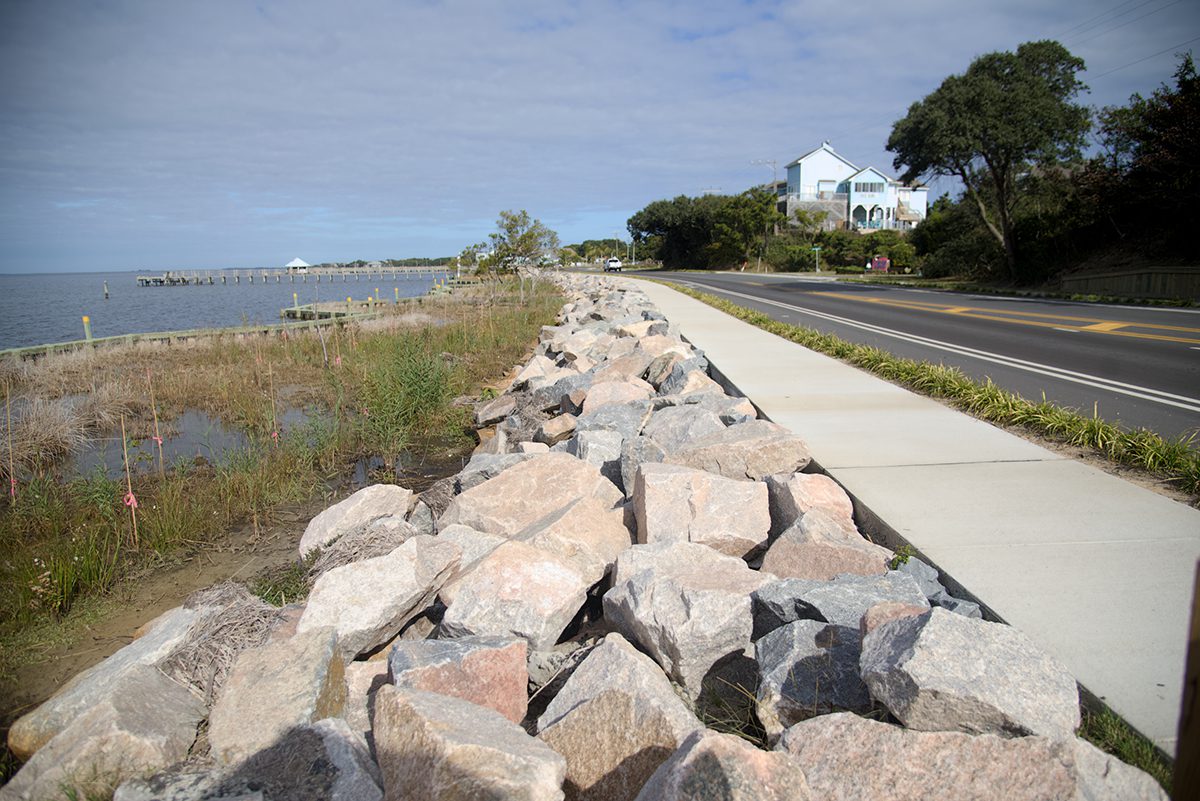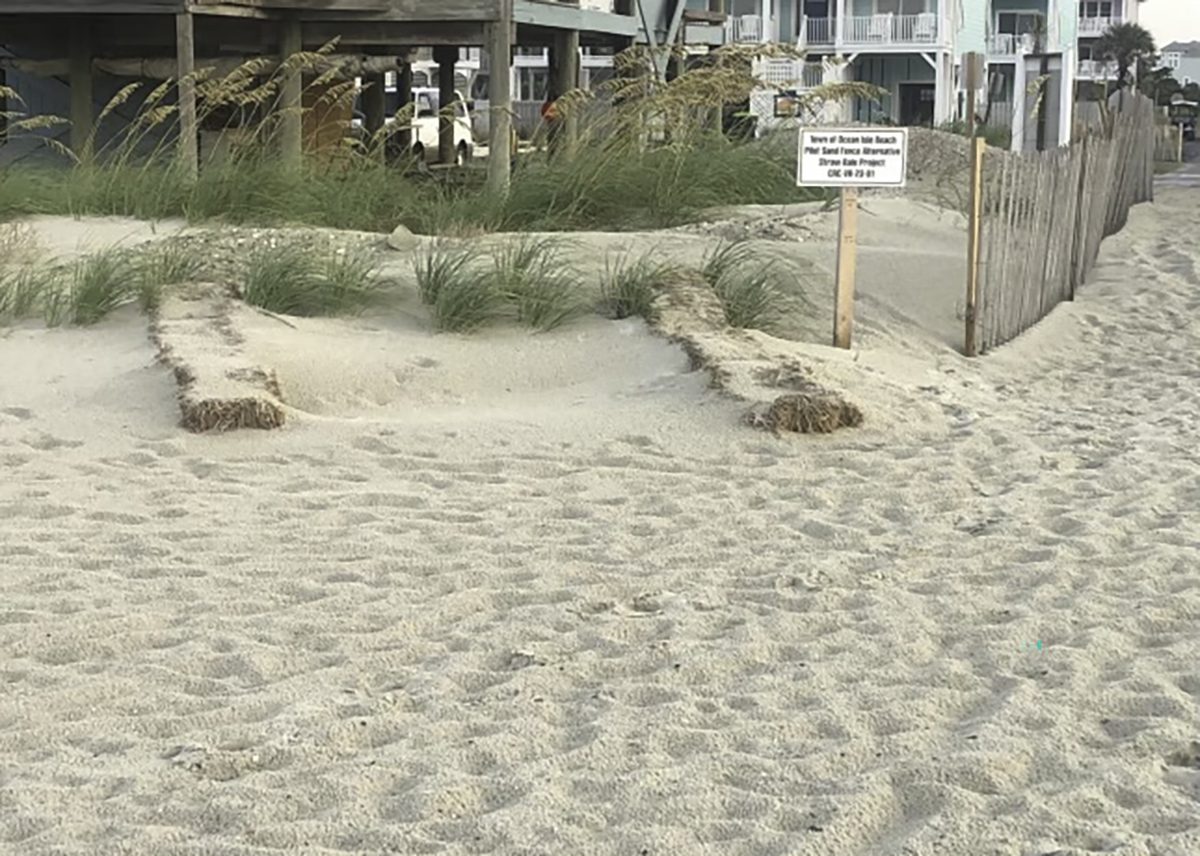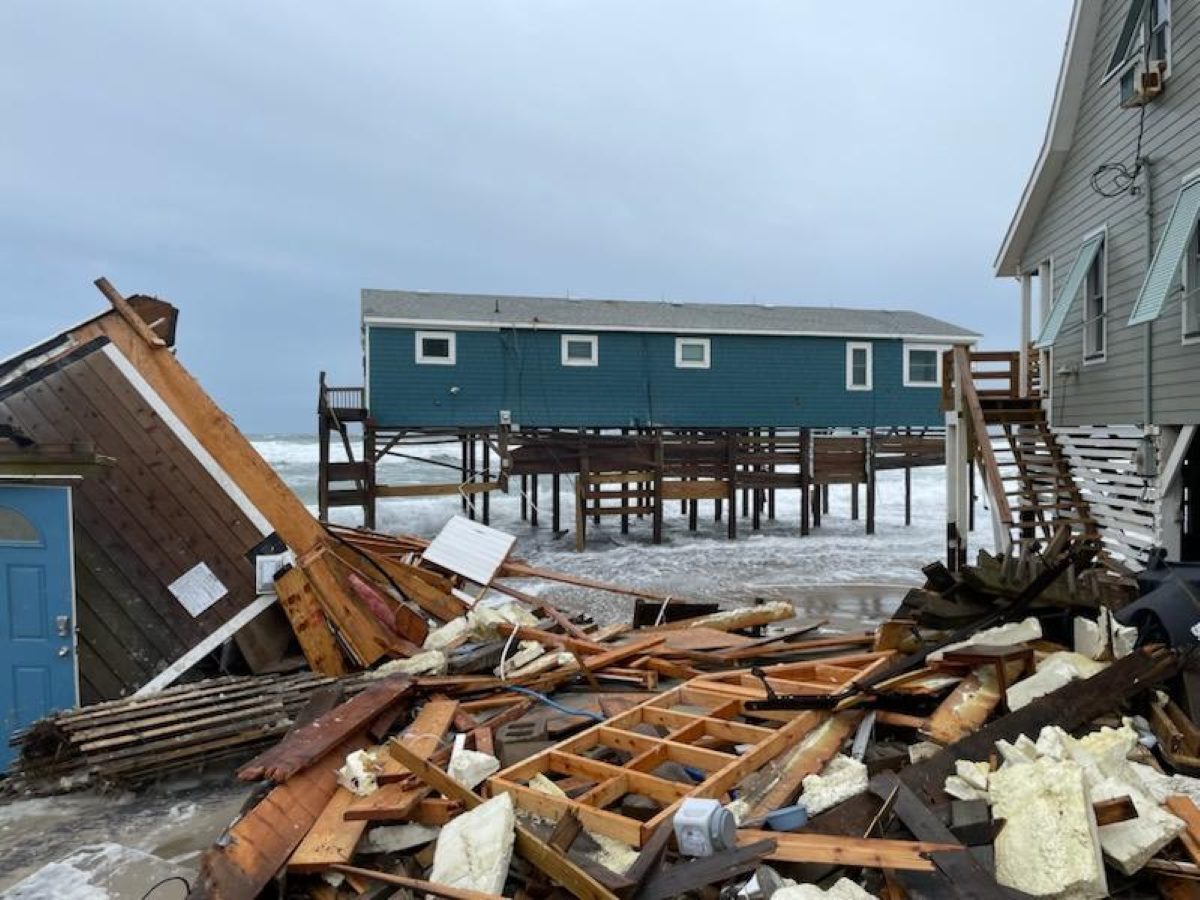A bill known as the “Military Operations Protection Act of 2016” that breezed through the state Senate this week appears to have little to do with protecting the military, at least according to the Pentagon.
After starting out as yet another bill to reduce or eliminate regulations when filed in April 2015 in the state House, HB 763 was transmogrified this month by the state Senate into a bill that supporters contend will protect military planes that could be endangered by wind turbines when flying low-altitude training missions. Others consider it a wind turbine killer, disguised as a shield to protect vital military interests in the state. The Pentagon was never asked if it needed the protection.
Sponsor Spotlight
“I think it can have devastating effect because it would eliminate large swaths of North Carolina from (wind) development,” said Henry Campen Jr., a partner with Raleigh-based Parker Poe law firm, which represents three wind-energy companies seeking to develop in eastern North Carolina.
Millions of dollars in tax revenue and other benefits for some of the poorest areas in the state where wind farms are being planned, or seriously discussed – Washington, Tyrrell, Perquimans, Chowan and Beaufort counties – would be threatened by the legislation, he said.
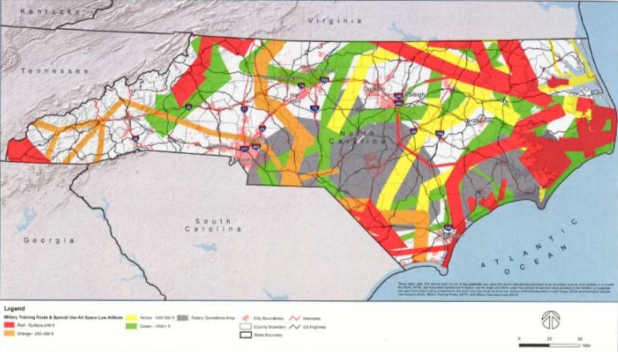
Officials with the Department of Defense, the government entity in charge of numerous North Carolina military bases with aviation activities – Fort Bragg, Pope Army Airfield, Seymour Johnson Air Force Base, Marine Corps Base Camp Lejeune, Marine Corps Air Station Cherry Point and Coast Guard Sector Wilmington, had no clue that the state was looking out for something the DOD had no problem with.
Indeed, the DOD is “supportive of the state’s existing legislation that affords military installations in the state the opportunity to provide input on potential impacts from proposed wind energy projects,” Lt. Col. James B. Brindle, a DOD spokesman, said this week. “However, we have not officially been engaged or involved with North Carolina regarding the latest proposed revisions to state law.”

A map that accompanies the bill prohibits wind farms in most of Eastern North Carolina and in much of the rest of the state. The bill would also mandate that any structure 200 feet or taller within a five-mile buffer around military bases undergo state review by the new state Department of Military and Veterans Affairs. Part of the department’s charge, according to the bill, would be to ensure the accuracy of the restricted areas delineated in the map.
Sponsor Spotlight
As it is now, however, the map presented by state Sen. Harry Brown, R-Onslow, misrepresents the areas that would be barred for wind turbines, said state Rep. Bob Steinburg, an Edenton Republican who represents six counties in northeastern North Carolina.
In the Senate committee meeting last Thursday, he said, Brown framed the bill as saving the state from losing its military installations – one of the most important economic drivers in the state – because of land-based wind turbines.
“Sen. Brown is essentially saying, ‘If you don’t vote for this, you’re anti-military,’” Steinburg said.
Steinburg said he is a strong supporter of the military. But he also supports economic development in the counties he represents, which includes some of the poorest in the state. The legislation also could leave the state vulnerable to lawsuits, he added.
“We’re talking about massive investment in eastern North Carolina,” he said. “In Tyrrell, Chowan and Perquimans, we’re talking about $700 to $800 million in investment, between the three of them. Tyrrell is the ultimate example – an infusion of capital in a county like that is like manna from heaven because the tax revenue will continue to come in after the project is completed.”

According to the map shown at the meeting, he said, it looked like planned projects in Chowan, Perquimans, Beaufort and Washington counties would be prohibited. But when he looked later at the map, he noticed a disclaimer printed on the bottom that said: “These maps, data, GIS (and so forth) do not, in any applicable way, allow the use for determining placement of tall structures such as wind turbines …”
The map, the disclaimer went on to note, is separate from the map that’s being developed for an ongoing study of land uses around Seymour Johnson Air Force Base in Goldsboro, a bombing range in Dare County and all associated military training routes and airspace.
That map, Steinburg said, shows the planned wind production areas in white, meaning they were acceptable for development. But the bill’s map has those areas “shadowed out,” and the disclaimer was not there, he said.
“People in the committee should have been shown the disclaimer at the bottom,” he said. “We don’t want to do anything to upset the military. But what I want is for all of this to be open.”
State law already requires that base commanders be consulted on projects, and the DOD has strict permitting requirements, Steinburg said, leading him to believe there may be other motivations cloaked in the guise of military protection. He added that he is not aware of any request from the military for the measure.
“There are already protocols in place,” he said. “I think there are people that are anti-renewable energy.”
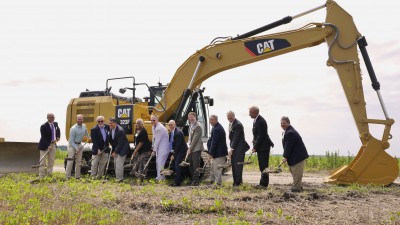
Brown hasn’t responded to emailed questions.
Sen. Bill Cook, a Beaufort County Republican who is a retired power company executive, voted in favor of the bill, which passed the Senate 33-14.
Cook, who represents northeastern North Carolina, was one of the sponsors of another bill introduced in May – subsequently referred to the committee on Rules, Calendar and Operations of the House – that would require wind and solar farms to have a minimum buffer of 1.5 miles from neighboring properties and be concealed by landscaping. The wind turbines noise levels would also be limited to 35 decibels, equal to the sound of a whisper.
The proposed bill would add “layers of red tape” that would scare off developers, Allison Eckley, communications manager at the North Carolina Sustainable Energy Association, said in an email.
“The provisions in the bill give the N.C. Department of Military and Veterans Affairs and the N.C. Department of Health and Human Services new oversight and veto power over the wind permitting process,” she wrote, “interferes with contracts between private citizens and developers, and contains confusing language which will prevent current projects in the state from moving forward.”
In addition to restricting locations of wind turbines based on military installations, the proposed bill would also require a review by the state Department of Health and Human Services on potential health effects of noise, shadow and flicker from turbines. If health officials don’t certify that the project won’t affect human health or if they don’t respond, state permits would be denied.
In an article yesterday in North Carolina Health News, department spokeswoman Alexandra Lefevre said that no similar reviews are required by the health department on power plants, including coal-fired and biomass combustion plants. Dustin Chicurel-Bayard with the Sierra Club, the article said, characterized the additional requirements as a “ploy” designed to discourage wind energy development.
Can the noise of a wind farm near your home ruin your quality of life? A newspaper in England took a decibel meter to a wind farm and a host of residential areas to find out.
“Unfortunately, we’ve seen several attacks on the clean energy industry,” Chicurel-Bayard told North Carolina Health News. “(The measure) would create regulatory burdens and more red tape specifically for the wind industry and no other form of energy production.”
A wind turbine project called “Timbermill Wind” planned by Apex Clean Energy in Perquimans and Chowan counties could potentially be blocked if the bill becomes law as written. The company has submitted conditional-use applications to both counties, and recently held public information sessions, reportedly with mostly supportive feedback from residents, about the project, which would site up to 150 turbines on 15,000 acres of timber and farmland.
Apex did not respond to telephone messages seeking further information.

According to a June 22 article in “Triangle Business Journal,” the similarly-sized Amazon Wind Farm – which in under construction and won’t be affected by the proposed legislation – will be the largest taxpayer in both Perquimans and Pasquotank counties. Such projects also can provide stable revenue for farmers, the article said.
Using the Amazon farm as an example, the Journal said that 60 property owners are paid $5,000 a year, per turbine. And farmers can still farm around the turbines.
There is also significant interest in wind development in Tyrrell County, which has the lowest annual growth in the state and is consistently ranked as one of North Carolina’s poorest counties.
David Clegg, Tyrrell county manager, said the county recently passed “one of the most sophisticated” wind energy ordinances in the state and would welcome wind development with open arms. Although he said it is too early to identify the potential developer, he said that a wind project could bring $100 million to the county.
“This bill would shut those proposals down,” he said. “This rush to pass this bill right now is absolutely devastating to counties in northeastern North Carolina that need economic development.”
About one-third of Tyrrell’s 735 square miles is owned by the state and federal governments, Clegg said. Another third is agricultural, and the remaining third is unbuildable. That leaves a sparse population trying to make do with sparse numbers of jobs in a very rural county.
“Our entire county’s annual budget is $7 million,” he said, “and 3,645 people can only pay so much tax. (A wind project) would be a game-changing event for Tyrrell County.”
Clegg, who said he didn’t learn about the bill until the night before the vote, said the military map is essentially indecipherable. Tyrrell is one of numerous counties that has been working cooperatively for a while with Seymour Johnson on development of a joint land-use plan, he said, and as part of that process he has seen plenty of detailed maps. At the very least, he added, the state should wait until that pending study is completed by year’s end.
“It’s difficult looking at that bill and looking at that map and even knowing what we’re looking at,” he said. “Our whole point has been that there is a process in place right now that will address everything from Goldsboro to Manteo, so why don’t we let that go forward? There’s got to be a reasonable and rational analysis of this bill,” he said.
Steinburg said it is unclear when the bill will go to a House conference for a vote. “My problem is, I’m not convinced that this a concern of the military,” he said. “It’s almost like it’s a solution looking for a problem.”



